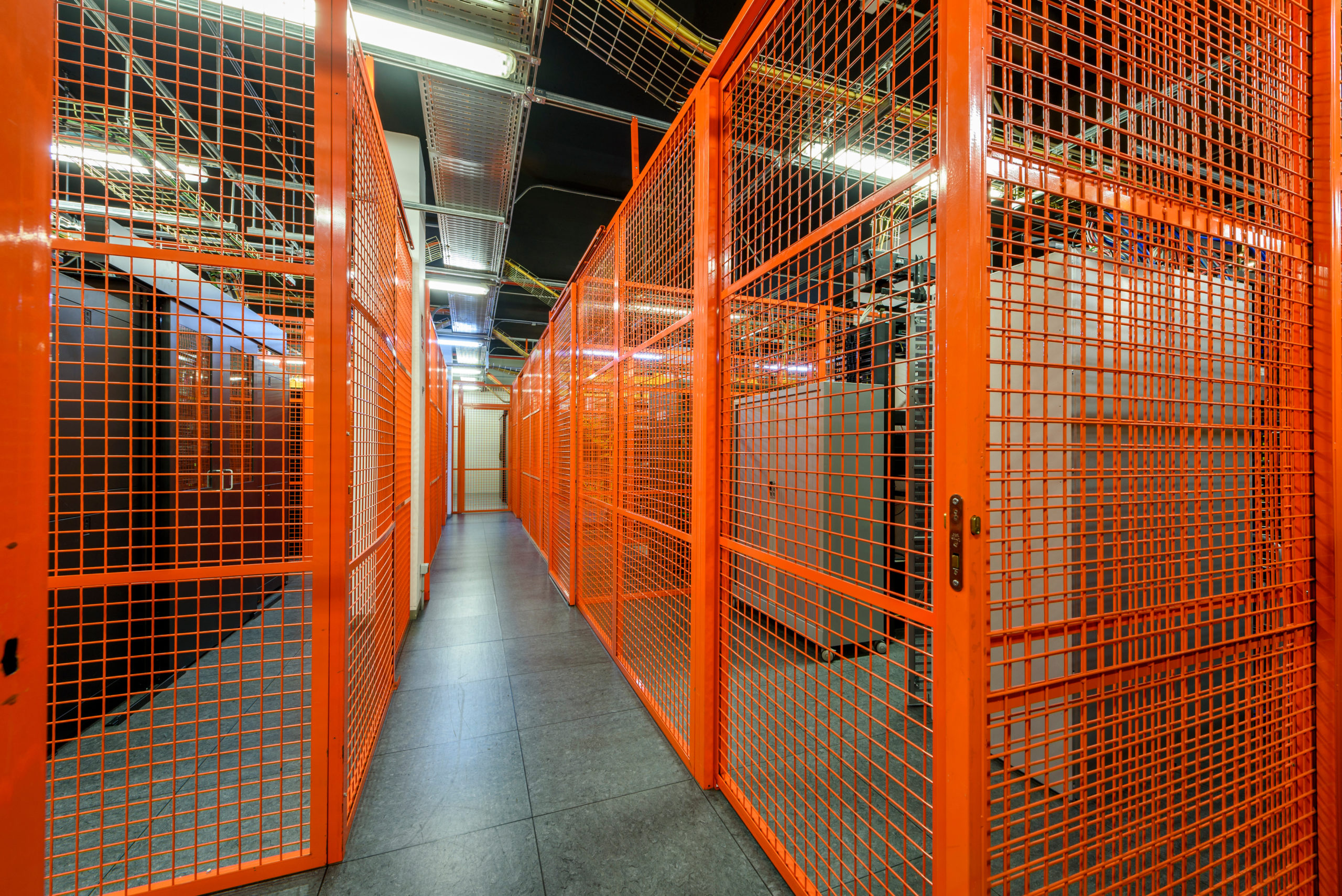The Importance of Airflow Management in Colocation Facilities15 min read

I was always a little perplexed whenever my recommendations about data center airflow management best practices were shrugged off as impractical by colocation data center builders and operators. After all, they are in that business. The story was typically some variation on the theme that they couldn’t control their customers’ behavior and therefore they needed to design and operate at some level of inefficiency to accommodate that uncontrollable, undisciplined behavior. In fact, these sorts of allowances for colocation data centers are so pervasive, the Green Grid white paper announcing the Space Utilization Effectiveness (SpUE) metric observes, “the space usage for colocation data centers is fundamentally different from that of enterprise data centers.” While that assertion may be accurate, does it really need to be true and how does space utilization relate to airflow management, efficiency, and total cost of ownership for a data center?
Data center airflow management has been explored and explained at great length in other blogs and white papers from this source as well as in conference presentations, technical briefs and numerous handbooks and manuals, so I do not intend to reiterate all that in any kind of depth. Suffice to say that data center airflow management consists of separating supply and return air masses, controlling air volumes, and controlling air temperatures. The tools of the trade include blanking panels; floor grommets; air dams, ducts and diverters within cabinets; temperature measurement and feedback; air pressure measurement and feedback and control of fan delivery systems; aisle containment structures and accessories and cabinet chimneys and associated airflow paths. The results of deploying these tools include lower fan energy costs, higher cooling unit efficiencies, higher chiller efficiencies, more free cooling hours, and improved protection against hot spots and resultant over-heated ICT equipment.
While these benefits of airflow management are well accepted throughout the industry, in many cases they are not sufficient to warrant any kind of enforcement of airflow management best practices in colocation data centers. Besides the unwillingness to enforce the disciplines of filling up unused rack spaces and closing back doors of chimney cabinets, the complications of utilizing any form of containment in conjunction with cages is frequently cited as an insurmountable obstacle to improving airflow management practices. Cage security and airflow management, particularly hot-cold separation, do not need to be incompatible and the costs associated with traditional cage deployments may be startling.
Julius Neudorfer, in an article published a while back, began exploring the “true” cost of a rack. He looked at construction costs, cooling and power costs and real estate costs and came up with a range of $50,00 to $500,000 per rack, depending on Tier level, location of the data center, cost of electricity, and miscellaneous factors affecting space utilization. He draws on the Uptime Institute’s figures from 2007 and 2008 for infrastructure and construction costs and assumes a modest 20% increase to reflect current costs (at the time of the article). If we use the estimates for a Tier 2 data center and apply it to the colocation data center example in the Green Grid’s white paper, we come up with a total $93,425 cost per rack for average 5kW racks, ( $15,300 for real estate and construction and $78,125 for power and cooling infrastructure) plus the actual acquisition cost of the racks, based on 448 racks in an 82 tile by 58 tile white space. Using the space density metric from The Green Grid paper on Space Utilization Effectiveness (SD = S/R, i.e., space ÷ racks), we come up with a space density of 42.5 square feet per rack. This is on the high end of the continuum discussed by Mr. Neudorfer, primarily because of the extra space required for accessibility clearances around the cage boundaries. Those boundaries can be dramatically reduced by replacing the standard cages with containment aisles and sliding cage walls directly adjacent to the front or rear of the cabinets outside the contained space.
Such a construction regains eighteen tiles, and with containment aisles on an eighteen foot pitch (center of cold aisle to the center of the next cold aisle), that is enough space to add four rows of cabinets to the 82 x 58 tile example space, resulting in a space density of 32.9. That reduction in space density then reduces the construction cost per rack from $15,300 to $11,875.
The importance of airflow management therefore should be readily apparent for the colocation provider. In addition to very significant PUE-related operating cost savings from drastic efficiency improvements, reductions in per-rack capital costs of 20% or more will improve ROI and shorten payback periods. In addition, innovative cage architectures will increase income opportunities by increasing the number of racks that can be supported in a particular space. The energy cost savings can be either rolled into improved profitability or pricing structures for gaining market share. Finally, the improved thermal management inherent in best practices airflow management means thermal management SLAs will be more securely complied with. There are also advantages to the tenant. There could be cost advantages associated with lower operating costs for the host and there will definitely be more certainty in compliance with thermal management SLAs if neighbor spaces are not exposing equipment to thermal contamination. More importantly, if you walk into a data center space and everything you see is clearly representative of state of the art best practices, it should raise your confidence level in the quality of the provider and everything that you cannot see.
The industry's first and only tool-less containment solution!
AisleLok® is the industry’s first modular containment solution,
proven to provide the core benefits of containment with greater flexibility and value.
The industry's first and only tool-less containment solution!
AisleLok® is the industry’s first modular containment solution,
proven to provide the core benefits of containment with greater flexibility and value.

Ian Seaton
Data Center Consultant
Let's keep in touch!
0 Comments